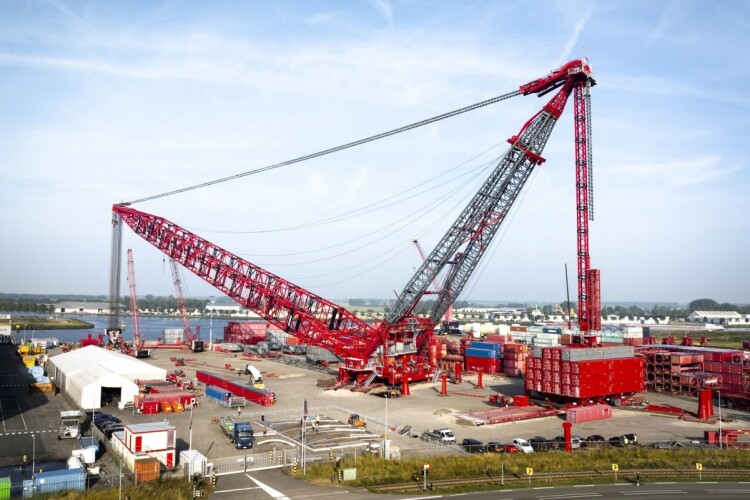Mammoet’s new SK6000 ring crane has a maximum rated lifting capacity of 6,000 tonnes and the power to lift loads of 3,000 tonnes to a height of 220 metres.
It uses 4,200 tonnes of ballast to lift its maximum loads, with a maximum ground bearing pressure of 30 tonnes per square metre.
The components arrived in Mammoet’s yard in Westdorpe earlier this year [see previous report here] and the mammoth task of assembly has now been completed.
It has been produced to serve the construction of energy infrastructure, including offshore wind, where fast growth of components in recent years has led to supply chain issues.
In the oil and gas sector, the SK6000 promises reduced integration times to offshore floating projects, Mammoet says, while onshore new build and expansion projects can be delivered with increased uptime. Customers can benefit from modular construction techniques that allow critical path components to be simultaneously built offsite anywhere in the world, before transporting to site ahead of installation.
As with previous mega cranes of this type, all components are designed to be transportable in standard containers (roughly 300 of them, in the case of this machine), making the machine deployable around the world.
It can also be operated using electric power – either by battery or from the grid.

“This crane is truly a world record feat of engineering, with a production schedule to match”, said Mammoet global services director Gavin Kerr. “Hundreds of colleagues have been directly involved with its development across the business.
“There are very few companies on Earth – if any – that could have brought this crane into reality, and we are immensely proud to be able to do so”.
The SK6000 is expected to be ready for deployment to its first project later in the year.
The assembly process
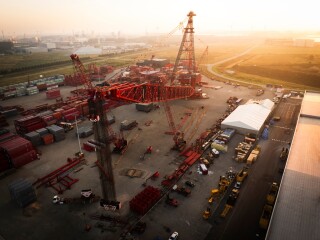
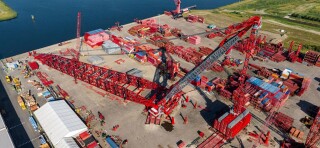
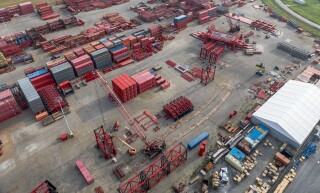
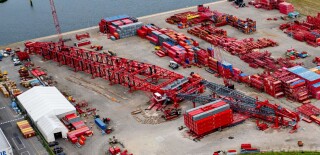
Got a story? Email news@theconstructionindex.co.uk

